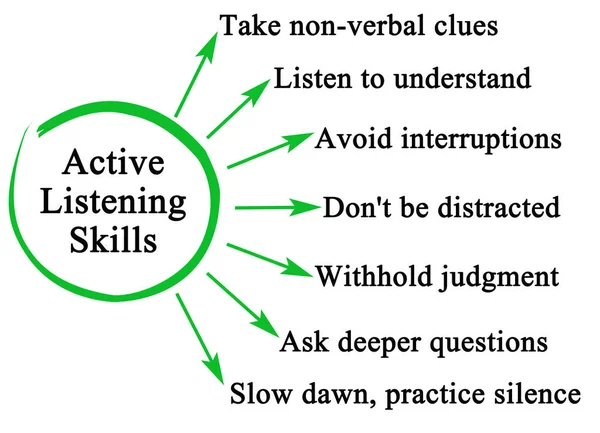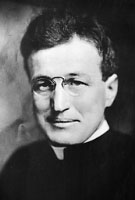2023 is the 70th year of the armistice agreement signed on July 27, 1953. Catholic Peace Weekly featured an article on Bishop Patrick Byrne. He was the Apostolic Visitor to Korea from 1947 to 1949 and the first Apostolic Delegate to Korea from 1949 to 1950.
The Korean War, a tragic drama in national history began with North Korea's invasion of the South at dawn on June 25, 1950. The war lasted for three years until the armistice agreement was signed. A war that took the lives of many foreign missionaries. Among the victims was a person who contributed to the recognition of the Republic of Korea as the only legitimate government on the Korean Peninsula. This was in the international community. Bishop Patrick J. Byrne (1888-1950), a Maryknoll Foreign Mission Society member, was the first Apostolic Delegate to Korea.
The St. Louis Review, a weekly magazine run by the Archdiocese of St. Louis, reported June 30, 1950: "There are currently 1,700 Americans left in South Korea, including missionaries from the Maryknoll Society and St. Columban Foreign Missions Society." At the time of publication, the North Korean army had already occupied Seoul. Since there was no way to contact them due to the war, the Church assumed that "Bishop Byrne and the missionaries would remain in Seoul."
The title of the July 21, 1950 issue of the Catholic Standard and Times (CS&T), a weekly magazine of the Archdiocese of Philadelphia, was "Bishop Byrne Silent Beyond the Iron Curtain." The title was given to mean that there was no news from Bishop Byrne and his secretary, Father William Booth (Maryknollers), who are in Seoul under the occupation of North Korea. The 'Iron Curtain' refers to the boundary between communist and non-communist blocs.
Towards the end of July of that year, news came that "Bishop Byrne remained in Seoul instead of evacuating." "People who knew Bishop Byrne well said they were 'not at all surprised' to hear the news." This is because, at the height of World War II, there was a precedent of remaining in Japan even though he was an American, in an enemy country.
The St. Louis Review reported in its September 29, 1950 newspaper that Bishop Byrne was imprisoned in Pyongyang with information obtained through the U.S. Embassy. He also reported that Bishop Byrne was very weak because he could not digest the North Korean military food. Bishop Byrne and Father Booth were reportedly captured by the North Korean military at the Bishop's residence in the Archdiocese of Seoul on July 11. They were sentenced to death by the People's Court, and transferred to Pyongyang on July 19.
In September 1950, General MacArthur's Incheon Landing Operation was successful, and Korean and U.N. forces entered Pyongyang on October 19. However, no trace of Bishop Byrne.
"We asked South Korean prisoners who were freed from Pyongyang, but all testified that they did not see any foreign prisoners. Pyongyang Catholics also did not know the bishop's whereabouts. In fact, the North Korean military dragged him away a few days before entering Pyongyang.
Abducted by the North Korean army in Seoul, he was taken to Pyongyang where he began the "death march" and died a martyr in a prison camp. The cause of death was pneumonia aggravated by a cold. He was 62 years old. Bishop Byrne's death was kept secret until the missionaries abducted with him were released and testified. His whereabouts and life were of the utmost concern for the Holy See but also to his home country, the American church.
In January 1951, the Vatican’s official news agency, Fides, reported that "Bishop Byrne was taken to Manchuria across the border with other missionaries" saying that it was obtained through a reliable source.
On November 1, 1952, the Vatican finally announced that "though there is no confirmation, it is presumed that Bishop Byrne is dead". This is because the list of foreign prisoners of war submitted by North Korea to the United Nations includes Father Booth. However, Bishop Byrne was not included.
Maryknoll Headquarters in New York, USA, held a funeral Mass on the 5th. Maryknoll superior Father Lane wrote a biography of Bishop Byrne that appeared in 1955. It was serialized the same year in the Kyeongyang newspaper run by the Seoul Archdiocese. It was officially published in Korea in 1994, 40 years later. Ambassador in Chains: The Life of Bishop Patrick Byrne translated into Korean was published by St. Paul's Press.






